N-Ethylhexedrone
€14.65 – €366.00
Buy Clean and pure N-Ethylhexedrone [>96.5%] direct from our online shop
Shipping to USA, EU, NZ, AU *
*for research purposes only. human consumption is against our terms of service.
very little data exists on the human pharmacokinetics and pharmacodynamics of n-ethylhexedrone and other substituted cathinones. like amphetamines, synthetic cathinones exert their stimulating and sympathomimetic effects via increasing synaptic concentration of catecholamines such as dopamine, serotonin and norepinephrine. these molecules are able to inhibit monoamine reuptake transporters producing a decreased clearance of the neurotransmitters from the synapse. furthermore, they may cause release of biogenic amines from intracellular stores.
| bulk discount: | |
| 1 Gram | 14.65 |
| 3 Grams | 33.00 |
| 5 Grams | 46.00 |
| 10 Grams | 88.00 |
| 25 Grams | 201.50 |
| 50 Grams | 366.00 |


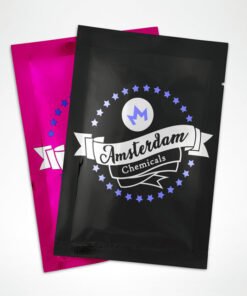
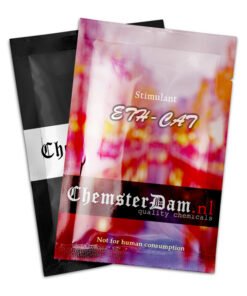
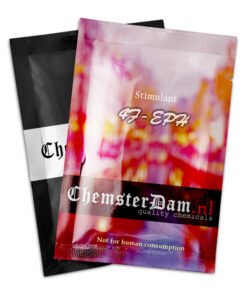

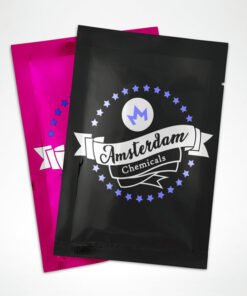
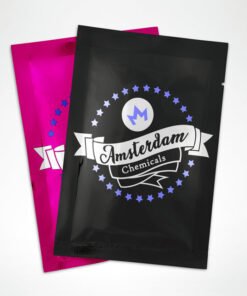
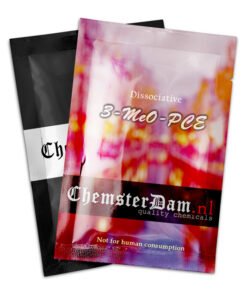

Reviews
There are no reviews yet.